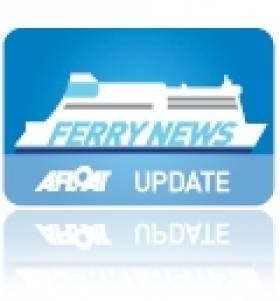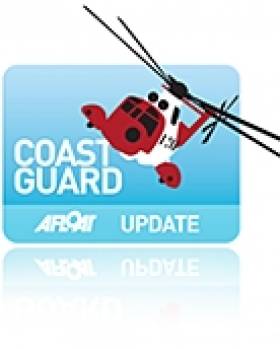Displaying items by tag: swansea
Fastnet Line Closes For Good
#FERRY NEWS - The Fastnet Line ferry service between Cork and Swansea is to close with the loss of 78 jobs.
As previously reported on Afloat.ie, the operator had been in examinership since last November, and a restructured business plan had been submitted with a view to resuming high-season service in April.
However, in a statement the owners of the Fastnet Line said they had been unable to raise the €1m-plus investment required and that the examinership had "failed".
All 78 jobs will be lost as the company is set to be placed in receivership or liquidation later today.
The Fastnet Line - which was worth around €30 million to Cork in tourist spending - made its maiden voyage from Swansea to Cork in 2010, and was the only direct passenger and freight link between Wales and the south coast of Ireland.
The Irish Times has more on the story HERE.
Fastnet Ferry Figures Smash 2010 Target
The passenger figure represents four-times the capacity of the Liberty Stadium, Swansea which is to host the rugby Heineken Cup clash between Swansea Neath Ospreys and Munster on Saturday 18 December.
The 10-hour ferry service operated by Fastnet Line also carried 31,000 vehicles and statistics suggest a significant boost for the Swansea Bay economy with about 40% of all passengers so far travelling from Cork to the south Wales region. The route is served by the MV Julia which had been sailing in the Baltic. The 1982 built vessel is capable of carrying more than 1,800 passengers and 400 cars.
Fastnet Line will run all-year-round in 2011 and has set a revised target of 120,000 passengers.
On a seasonal note, Christmas gift vouchers are available from Fastnet Line, for more information logon HERE
Welsh Coastguard Evacuate Walkers
At twenty minutes past one this afternoon, Swansea Coastguard received a call from ambulance control requesting assistance to the aid of an injured walker.
The lady had called 999 and requested the Welsh ambulance service, after they had taken the call they assessed that they would need Coastguard assistance to extract the lady from where she was. She had fallen in woods near to the Irish Sea coast and had sustained a broken ankle.
The Llantwit Major Coastguard rescue team was called out. They located the lady and placed her in their rescue stretcher and carried her out to the waiting air ambulance who then evacuated her to hospital.
Earlier in the day Swansea Coastguard received a call for assistance from the Welsh ambulance service, when a 51 year old male, part of a group of 800 coastal walkers on a fundraising walk for charity, fell and dislocated his elbow.
Rhossili Coastguard rescue team was called out and located the man. Due to the extreme pain this man was experiencing, a doctor who was attending requested that the best way to evacuate was by helicopter. A rescue helicopter was requested. The Rhosilli http://www.afloat.ie/resources/organisations/irish-coast-guard/ team cleared an area for the helicopter to work safely in the evacuation of this man.
Dai Jones, Watch Manager at Swansea said:
Our Coastguard rescue teams train for this type of recovery and we were pleased that we could assist in the rescue of these two walkers.
Coastal cliff paths are often uneven and can present a problem when walking them.
Always ensure that you are equipped for the activity you are undertaking and ensure that you are wearing adequate footwear.






























































